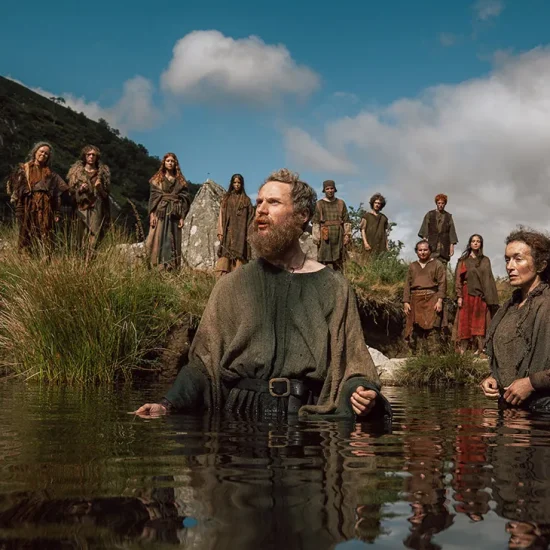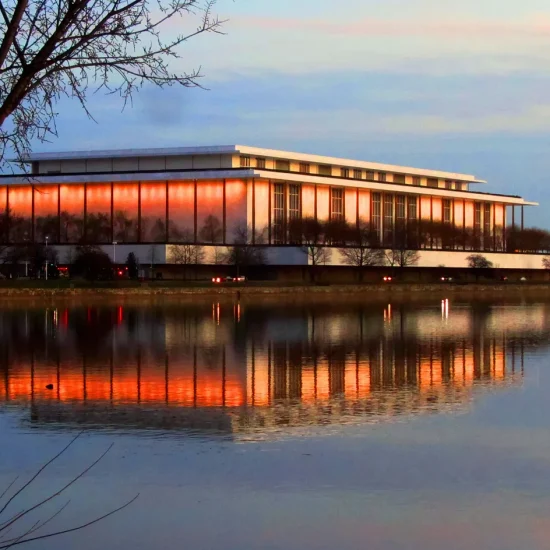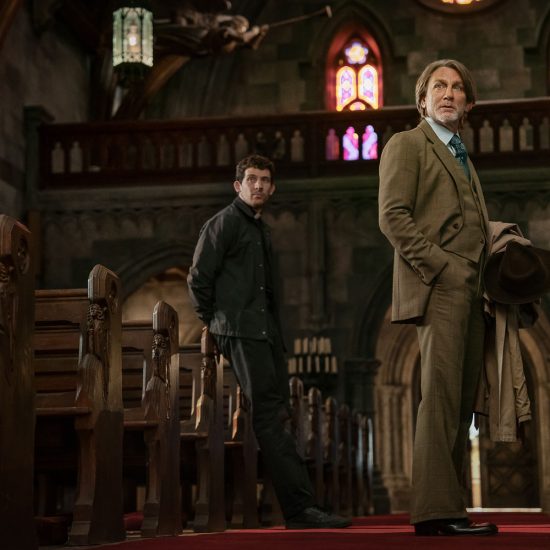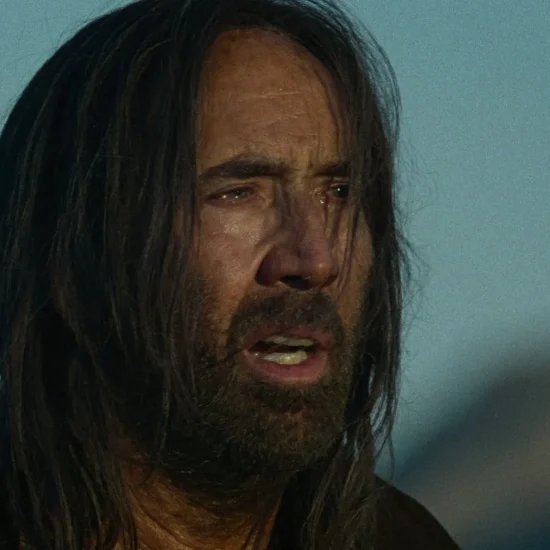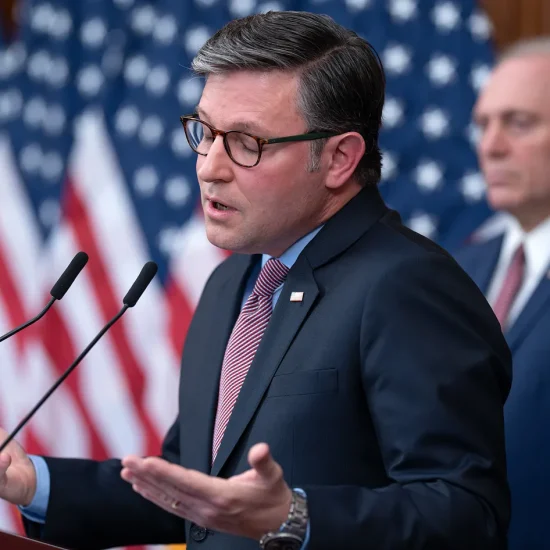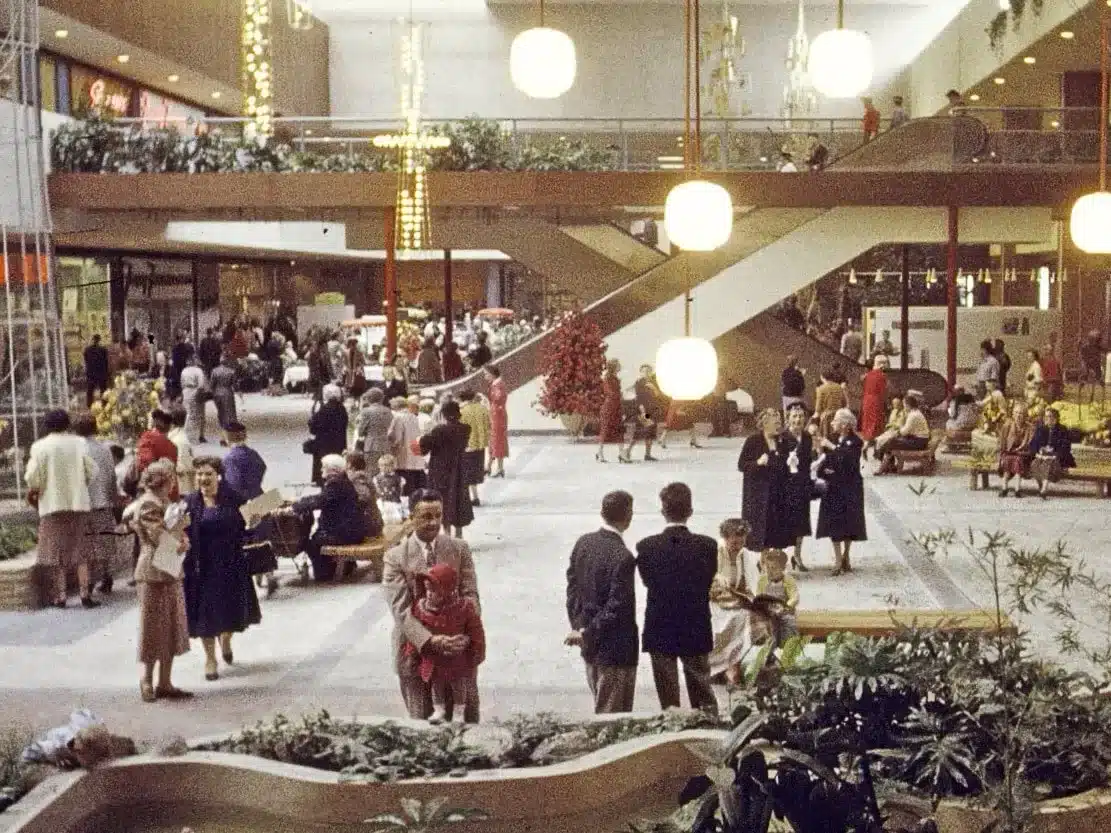
Despite living inside a major city, I also live less than three miles from two different shopping malls — which is a bona fide Midwestern phrase if I’ve ever written one.
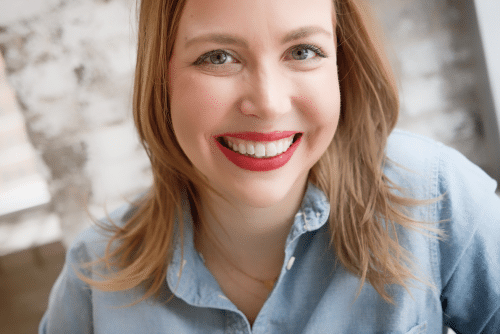
Angela Denker
The closest mall is also, allegedly, America’s first entirely enclosed, climate-controlled shopping center, built in 1956.
When I was growing up in Minnesota, all the malls ended in -dale. There was Brookdale, closest to my house; Ridgedale, slightly more upscale; Rosedale, east of Minneapolis and therefore basically another country; and Southdale, only for the chosen few who lived in Edina.
Brookdale first opened just six years after Southdale, and it was probably the most-frequented mall of my childhood, with a special treat being TCBY (stands for Twin Cities’ Best Yogurt) frozen yogurt with fruit after shopping for out-of-season sale kids’ clothes at Dayton’s department store.
I left Minnesota for college in Missouri in 2003, and I didn’t move back until seminary in 2009 when I happened to live less than a mile from Rosedale, my “new mall.”
I didn’t think much about Brookdale anymore; I had a vague idea that it had declined and lost a lot of retailers, but I didn’t learn the full history of the end of Brookdale in 2010 until I read this article, which was very helpful except that it referred to college apparel store Steve & Barry’s as Steve & Carry’s.
(Does anyone else remember Steve & Barry’s? Everything in the store was $8, and they sold mostly college t-shirts and hoodies, and later the sneakers called Starbury’s by NBA player Stephon Marbury. I would say approximately 75 percent of my wardrobe in 2008 was purchased at Steve & Barry’s …)
I’m writing today about malls not only because apparently my home state was a mall pioneer(!) but also because malls are an interesting case study of American social stratification and culture. Malls, like the -dales, got their starts in the post-WWII suburbs, which were also home to White families who left urban cores as non-White families moved in, due to racism and sometimes suburban redlining.
Much like the evangelical megachurches that have since taken over many a suburban mall movie theater, the malls initially catered to White middle-class America during the height of White flight. Not only were malls the setting for many 80s and 90s movies, but they were also a rite of passage. You knew you were growing up when you could get your parents to drop you off at the mall alone for the afternoon with your friends, and only a quarter in your pocket to call for a ride from the pay phone.
As I think more about it, malls were also a fitting tribute to the overall culture of excess and consumerism that dominated 1980s and 90s America. Why wouldn’t the most popular place in our culture be a place where you could go and buy things — with seemingly endless shelves full of consumer goods?
Of course, now the mall has been replaced by Amazon, whose stock really is limitless, and the mall racks have been replaced by massive warehouses where employees have to fill order quotas and rush to take bathroom breaks without their pay being docked.
Sure, kids still go to the mall — but like Brookdale, or whatever its equivalent might be in the area where you grew up — many of them have become unsupported and less popular than they once were. Racism, as it always is in America, has also been a factor in the changing perceptions of malls. As the suburbs became less White and more families of color moved into American suburbs, malls too were no longer only popular among white teenagers. Young people of all races and ethnic backgrounds now came to the mall, and it’s a function of racism that while the 80s and 90s glorified white teenage mall culture, in the early 2000s and 2010s, many white Americans were suspicious of the same teenagers (this time, many of whom were non-white) who frequented their local malls.
In many American metro areas, like right here in the Twin Cities, white families moved further out to outer ring suburbs, and many so-called anchor or department stores left inner-ring malls, such as Brookdale, when their customers became less white.
Which brings me to today, and my two local malls, less than three miles from my house, and located basically right next door to each other, over the border from Minneapolis into Edina, Minn.
Southdale is the first and closest mall to me. I go there fairly often, but not really to browse. Instead, I’ll usually place an order online to pick up in-store, or I’ll go there to return an order that I’ve made online. I rarely browse or buy anything in-store anymore. I’m a sucker for the online coupon codes, I guess, plus, most stores just don’t have the same inventory and sizes available as they once did. It’s just easier to buy online.
The mall next to Southdale is the Galleria, which has a few of the same stores that Southdale does. Apparently, this area has a lot of Madewell shoppers, for example. Not shockingly so.
I usually go to Southdale, just because I have a little routine where I drive into the parking lot and park just to the left of the movie theater, where I can walk into the ground floor and access my most-frequented buy online, pick up in-store orders (usually skincare or makeup at Sephora) — or make returns to stores like J. Crew, GAP or Madewell. I know, very basic of me.
I occasionally go to Galleria. They have a large Barnes & Noble that previously hosted two book events for me (thank you B&N Galleria!), and maybe once a year I will buy some leggings at Lululemon.
The thing is — after having been to both malls a time or two — I’ve noticed just how different they are, and I think it says something about American social stratification and ultimately, isolation.
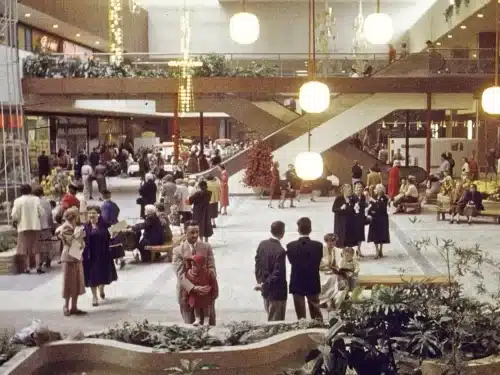
Southdale Center in 1956, from Life magazine archive
There is definitely a racial divergence at the two malls, and also, an even more pronounced class and socioeconomic divergence. I have to admit that every time I go to Galleria, I feel like maybe that mall was designed to send me the message that I’m not quite rich enough to be shopping there. There’s just a certain haughtiness in the air and quite a few stores where I feel like a security guard is going to be watching extra closely when I walk in.
At Southdale, in contrast, the mall clientele is much more racially diverse, and I also often see a lot more women in Islamic dress than I ever do at the Galleria, though I’m not saying women in hijabs or niqabs never shop there, it just seems a lot less frequent.
Southdale honestly reminds me a lot more of the malls I went to growing up: with the stalls in the center selling roasted, sugary nuts; flavored popcorn; or Auntie Ann’s pretzels (which my Missouri-born husband informed me should be pronounced ANTie Ann’s).
In the six years since we moved close to Galleria and Southdale, I have seen some of these vendors change. I used to love to go and sit in the center of the mall at the little tables in Southdale, and grab a coffee from Caribou Coffee, but I just tried to go there a few weeks ago, and apparently that Caribou closed. (I did just check now and, apparently, Galleria does have a Starbucks, and also a Pittsburgh Blue restaurant, which I once read was the hotspot for Twin Cities’ marital infidelity at the Maple Grove branch) …
I never really buy anything at the mall kiosks. And maybe I shouldn’t care that these two local malls seem to serve such distinct American populations close to my home. After all, I’m less than 15 minutes away from the famed Mall of America, which probably has enough of both the Galleria and Southdale underneath its 5.6 million retail-studded square feet.
But just last winter a teenager was killed in a shooting at Mall of America, near the entrance where I always walked in and used to take my youngest son for Toddler Tuesdays, with cheap kiddie rides and lunch coupons.
Malls once used to be a place where, at least kind of, Americans from different backgrounds and towns could come together and meet each other. I still like to at least say hi to strangers at Southdale and hold doors for each other, and watch people drive in from outstate Minnesota to see a new movie at the theater, or a parent with several kids in tow letting them take turns riding the little plastic merry-go-round.
Southdale has tried, even since COVID, to keep its mall afloat. They put in mini-golf for a time. Recently, Lifetime Fitness moved into a section of the mall, though getting a family membership to that club is more expensive than a car payment.
I’m sure like most American retailers, malls have to deal with constant theft and the competition of Amazon and online shopping (sorry, malls, I’m definitely complicit here).
And it’s not like we’re talking about the Coliseum or the Acropolis here.
We’re talking a mall. An idol of American consumerism. Cheesecake Factory. Faux columns. Concrete walls. Utilitarian bathrooms. Indoor fountains. Perfume counters. Escalators. Strollers. Santa.
I don’t know. It’s still sad to watch malls die, dying of the same diseases that have long-afflicted America: racism, capitalism, a preference for the new (outdoor malls! online shopping!) over the old, a devaluing of the commercial power of women.
In case you’re wondering, I went to Southdale today. I parked in my usual spot, the movie theater parking lot finally having opened up after the massive 10-foot-high mounds of snow had started to melt with our first 70-degree day of spring.
I walked in past the movie posters, of shows I would probably watch someday at home on Netflix, and past the video arcade where teenagers and young adults still stood hunched over with glassy eyes and frantic fingers. I breathed in the greasy scent of the pizzeria and walked past a barbershop filled with men sporting fresh fades. In the open, airy atrium, as I walked toward the black-and-white stripes of Sephora, I stared as I always do at the rotating set of kiosks with energetic salespeople. One featured rows and rows of animal art, drawn so that it looked as if the animals were jumping out at you in 3-D.
I remember the first time I saw a 3-D drawing in a magazine, and how you had to put it close to your face and slowly move it away to see the design. My mind wandering, I walked too close to the kiosk and almost bumped into a 3-D tiger, fangs bared, jumping out at me from a glass frame.
It made me laugh for a second.
I tried to imagine who might want this image in their home. I pictured stark white walls, edgy black furniture, and tigers jumping out of their frames, maybe in California or Eagan, Minn.
I guess no one really needs a 3-D tiger drawing for their living room. How much do any of us really need any of the things we buy?
I myself was coming to the mall for a travel-sized version of a special moisturizer, because my face tends to get dry when I’m away from home, and the moisturizer also promised to slow the aging process (har har). I’m pretty sure I could have survived without it, but here I was.
More importantly, there we were.
There’s such a pull in our world today toward first isolation and second toward increasingly homogeneous spaces. The most striking part for me of HBO’s hit show Succession is that this incredibly rich family keeps flying all over the world to all kinds of exclusive places and everywhere they go, everyone they meet, ends up looking exactly the same. They wear the same clothes, eat the same food, and have the same discussions: from Europe to Africa to Australia.
For a more accessible example, maybe, we just took our kids to Arizona for spring break. We traveled across the country only to find out that in a lot of the places we went while there, we saw a bunch of other middle-class White families from Minnesota.
This increasing trend toward homogeneity and isolation is not really the world where I want to live. Maybe I’m writing about these two malls because they represent two poles for me, neither perfect or even imperfectly desirable but nonetheless at least in Southdale we can keep meeting one another.
Angela Denker is a Lutheran pastor and veteran journalist. She has written for many publications, including Sports Illustrated, The Washington Post, and FORTUNE magazine. Denker has appeared on CNN, BBC and SkyNews to share her research on politics and Christian Nationalism in the U.S. Her book, Red State Christians: Understanding the Voters who elected Donald Trump, was the 2019 Silver Foreword Indies award-winner for political and social sciences. The revised edition of Red State Christians, subtitled: A Journey into White Christian Nationalism and the Wreckage it leaves behind, came out Aug. 16 and is currently available everywhere books are sold.

